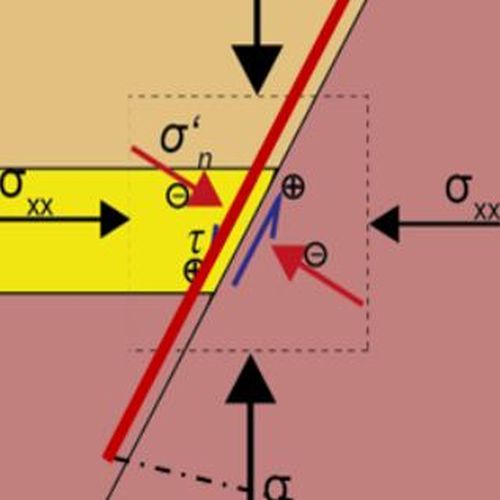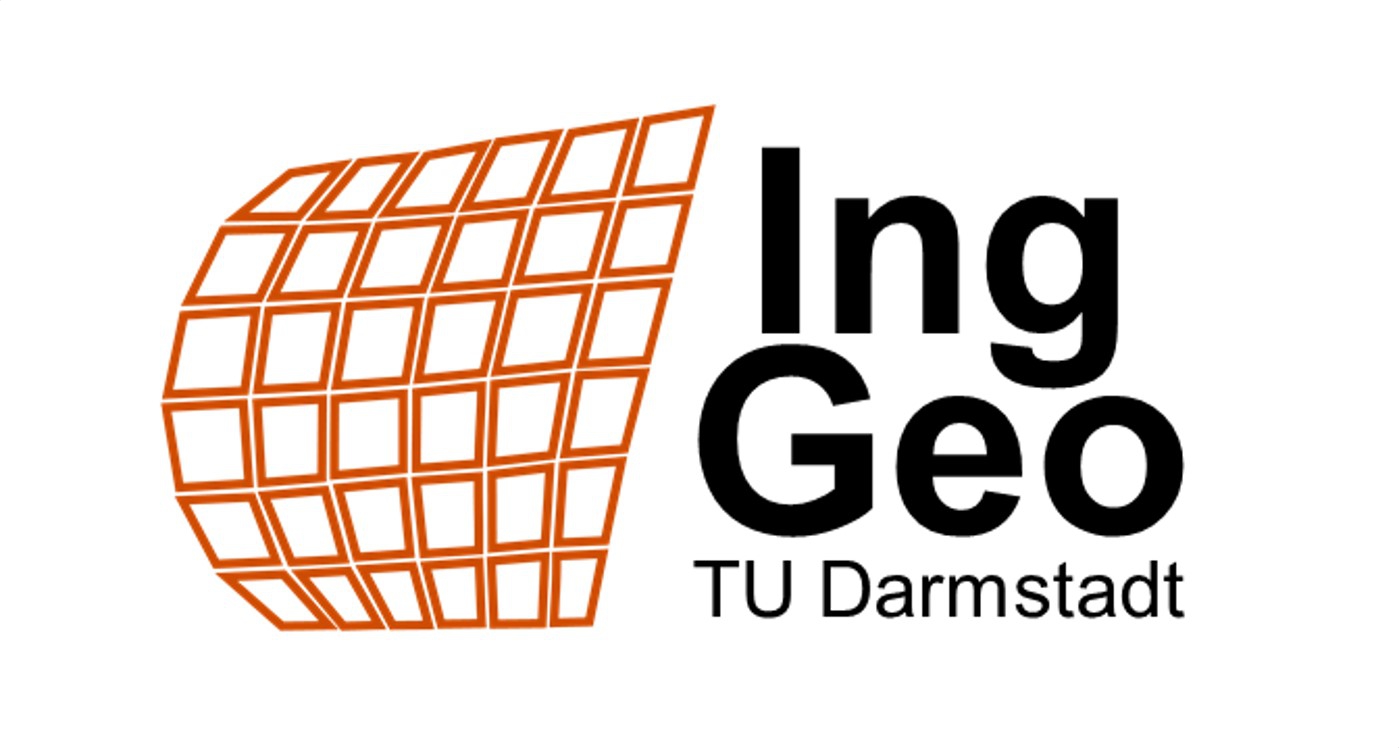
Facts about the prpoject
PhD project: Dr. Constantin Haug +++ Duration: 01.02.2015 – 31.01.2018 +++ Projekt funding: RWE Dea AG, Hamburg
Modelling was carried out on the basis of the finite element (FE) method. The model geometry describes an idealised section through a Rotliegend graben in the North German Basin. Deformation is described by poroelastic material behaviour, whereby the mechanical and hydraulic parameters are based on values specific for the region. The models are used to analyse the pore pressure reduction during production and the associated deformation and stress changes in the reservoir as well as in the surrounding rock. For the numerical simulations, different model geometries (graben boundary, intra-graben, graben position relative to salt dome in overburden) as well as variations in the material parameters were investigated.
Modelling result indicate that there is no single geological control factor for the occurrence or absence of production-induced seismicity in the North German Rotliegend natural gas reservoirs. Rather, a whole series of parameters have an effect, which in their combination have a strengthening or weakening effect on the seismic hazard potential.
Haug, C., Nüchter, J.-A., Henk, A., 2018. Assessment of geological factors potentially affecting production-induced seismicity in North German gas fields, Geomechanics for Energy and the Environment, 16, 15-31, doi.org/10.1016/j.gete.2018.04.002.







